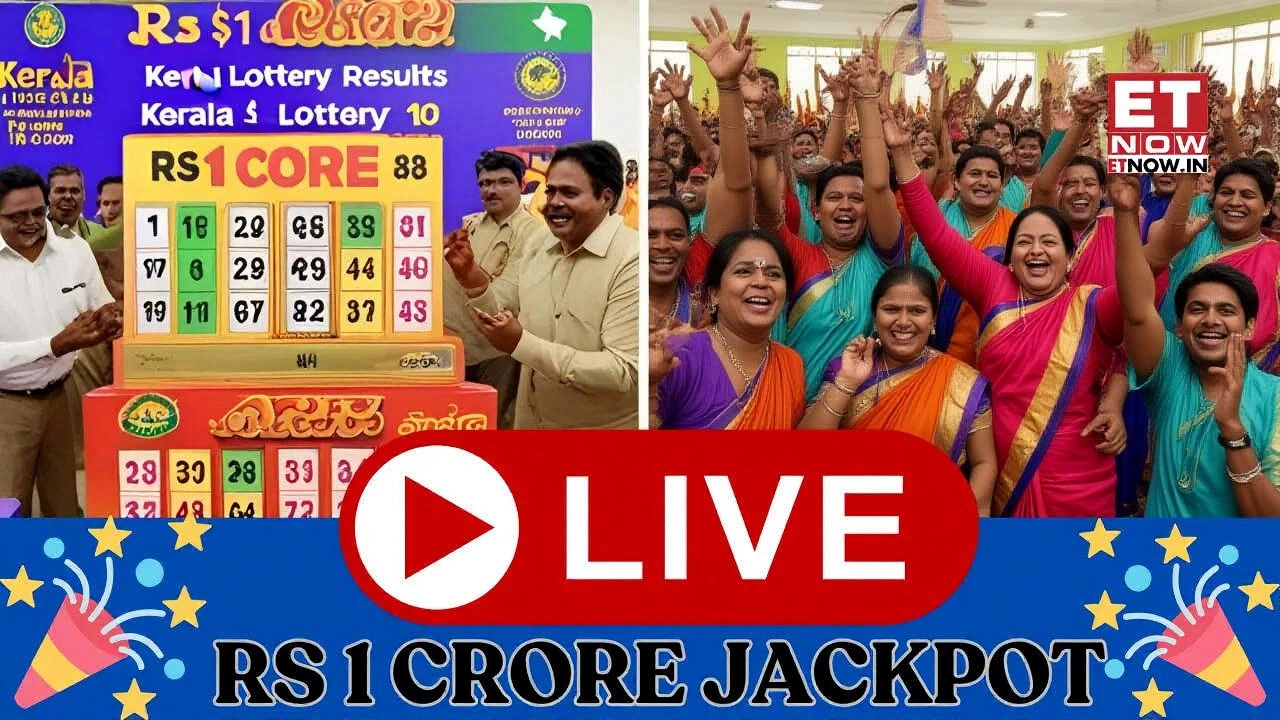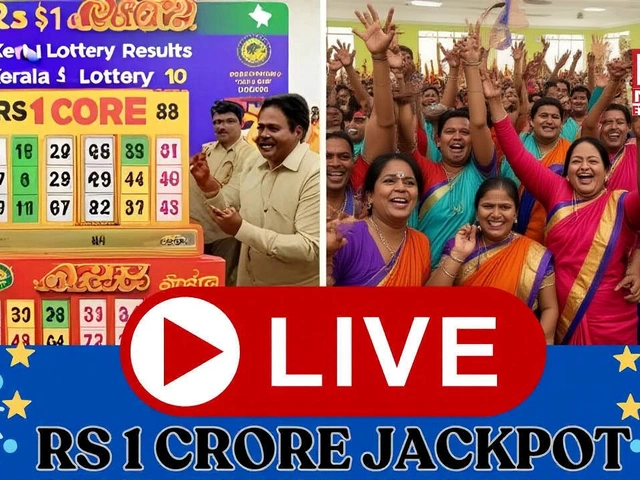On a crisp Wednesday evening in Khunti, the air hummed with anticipation as the Public Durga Puja Committee unveiled the winner of its annual lucky draw — ticket number 595. The event, held at Netaji Chauk, drew a crowd of over 500 residents, local leaders, and devotees, all united by faith and community spirit. With Dilip Mishra as chief guest and Arjun Mahato, the Nagar Panchayat President, presiding over the draw, the moment the winning number was called, cheers erupted — not just for the lucky ticket holder, but for what it meant for the upcoming Durga PujaNetaji Chauk.
From Ticket Sales to Temple Dreams
The committee sold 950 of the 1,000 ₹100 tickets issued, raising exactly ₹95,000 — a 83% increase from last year’s ₹52,000. That money isn’t just pocket change; it’s the lifeblood of this year’s celebration. The funds will cover electrical setups, decorative materials, and the most ambitious project yet: a fully realized conceptual temple designed by Tapan Ghosh, a renowned pandal architect from Adra, West Bengal. This isn’t just another decorative structure. Ghosh’s design blends traditional iconography with LED light arrays, digital projections of mythological scenes, and soundscapes that echo through the night.
"We wanted people to feel like they’re walking into a living story," Ghosh said during a site visit last week. "The lighting isn’t just for show — it’s meant to guide the eye, to tell the tale of Durga’s victory without words." The total budget for the pandal? ₹3.5 lakh. The lucky draw covers nearly 27% of that. The rest? Local business owners are stepping up.
Community as Patron
It’s rare these days to see a community-funded event of this scale. But in Khunti, tradition isn’t passive — it’s participatory. Ramkumar Agrawal, a prominent local trader, pledged ₹30,000 this year — up from ₹25,000 last year. Fifteen other shopkeepers have committed between ₹5,000 and ₹10,000 each. "This isn’t charity," Agrawal told me. "It’s investment in our identity. When the pandal glows, the whole town glows with it."
The Public Durga Puja Committee was founded in 1987, and under Arjun Mahato’s leadership since 2018, it’s evolved from a neighborhood gathering into a cultural anchor. "People used to come just to pray," Mahato said. "Now they come to belong."
A Puja With a Purpose
This year’s theme — drug-free living — isn’t accidental. Khunti, like many small towns in Jharkhand, has seen a rise in substance abuse among youth. The committee partnered with local NGOs to distribute pamphlets at the draw and will host a youth talk on October 19. "We don’t preach," said committee secretary. "We offer beauty as an alternative. When you see 10,000 women lighting lamps in unison, you don’t think of addiction — you think of power."
That power will be on full display on October 21, when 10,101 women — a number chosen for its spiritual resonance — will perform the Maha Aarti. Each will carry a handcrafted diya. The event is expected to draw over 10,000 spectators. Local schools are organizing choir performances. Police have already mapped traffic routes.

Why This Matters Beyond Khunti
Small-town cultural events like this are vanishing across India, swallowed by urbanization and digital distraction. But here, the old ways aren’t relics — they’re reinventions. The lucky draw? It’s not a lottery. It’s a social contract. The pandal? Not just wood and cloth — it’s a canvas for collective memory.
What makes this different from other puja committees? The transparency. Every rupee is accounted for. Budgets are posted on community boards. Donors are named publicly. Even the ticket numbers are printed with serial codes for traceability. "We don’t want suspicion," Mahato said. "We want trust."
What’s Next
On October 20, the doors of the conceptual temple open. On October 21, the aarti begins at 7:15 p.m. — precisely when the moon rises. A live stream will be available on the committee’s Facebook page, though organizers stress: "Come in person. The sound of 10,000 lamps flickering together? No screen can capture that."
Next year? The committee plans to expand the draw to neighboring villages. And they’re already in talks with a digital artist in Kolkata to create an AR experience — where visitors can point their phones at the pandal and see the mythological battles unfold in 3D.
Frequently Asked Questions
How was the winning ticket number 595 selected?
The draw was conducted live at Netaji Chauk using a mechanical ball machine with 1,000 numbered balls, each corresponding to a sold ticket. The process was witnessed by the Nagar Panchayat President, local elders, and a video recording was made for transparency. Ticket 595 was pulled by a child from a local school, as per tradition.
Who is Tapan Ghosh, and why was he chosen to design the pandal?
Tapan Ghosh is a celebrated pandal architect from Adra, West Bengal, known for blending traditional Bengali craftsmanship with modern lighting and digital art. He’s designed over 30 major pujas across India. The Khunti committee selected him after reviewing his 2022 design for the Howrah Durga Puja, which went viral for its immersive storytelling through light.
Why 10,101 women for the Maha Aarti?
The number 10,101 symbolizes completeness — 10,000 representing cosmic order and 1 representing the individual soul. It’s also a nod to the 10,000 women who participated in the 2019 Durga Puja in Kolkata, which set a national record. Local women’s groups have been registering for months, and names are verified by community leaders to ensure authenticity.
How does this event impact local youth?
Since the "drug-free puja" campaign began last year, local health centers report a 22% drop in youth substance-related cases. Teen volunteers help build the pandal, manage ticket sales, and lead cultural workshops. For many, this is their first experience of civic responsibility — and it’s replacing time once spent on screens or substances.
What happens to leftover funds after the puja?
Any surplus is placed in a community trust fund managed by three elders and two youth representatives. Last year’s surplus funded school art supplies and a public library corner. This year, funds may go toward installing solar-powered lights around Netaji Chauk — turning the puja site into a year-round community hub.
Is this event open to outsiders?
Absolutely. While the committee is local, the event welcomes everyone. Last year, visitors came from Ranchi, Jamshedpur, and even Delhi. There’s no entry fee for the puja or aarti — only the lucky draw required a ticket. Food stalls run by local women will serve free prasad to all attendees on the final day.





